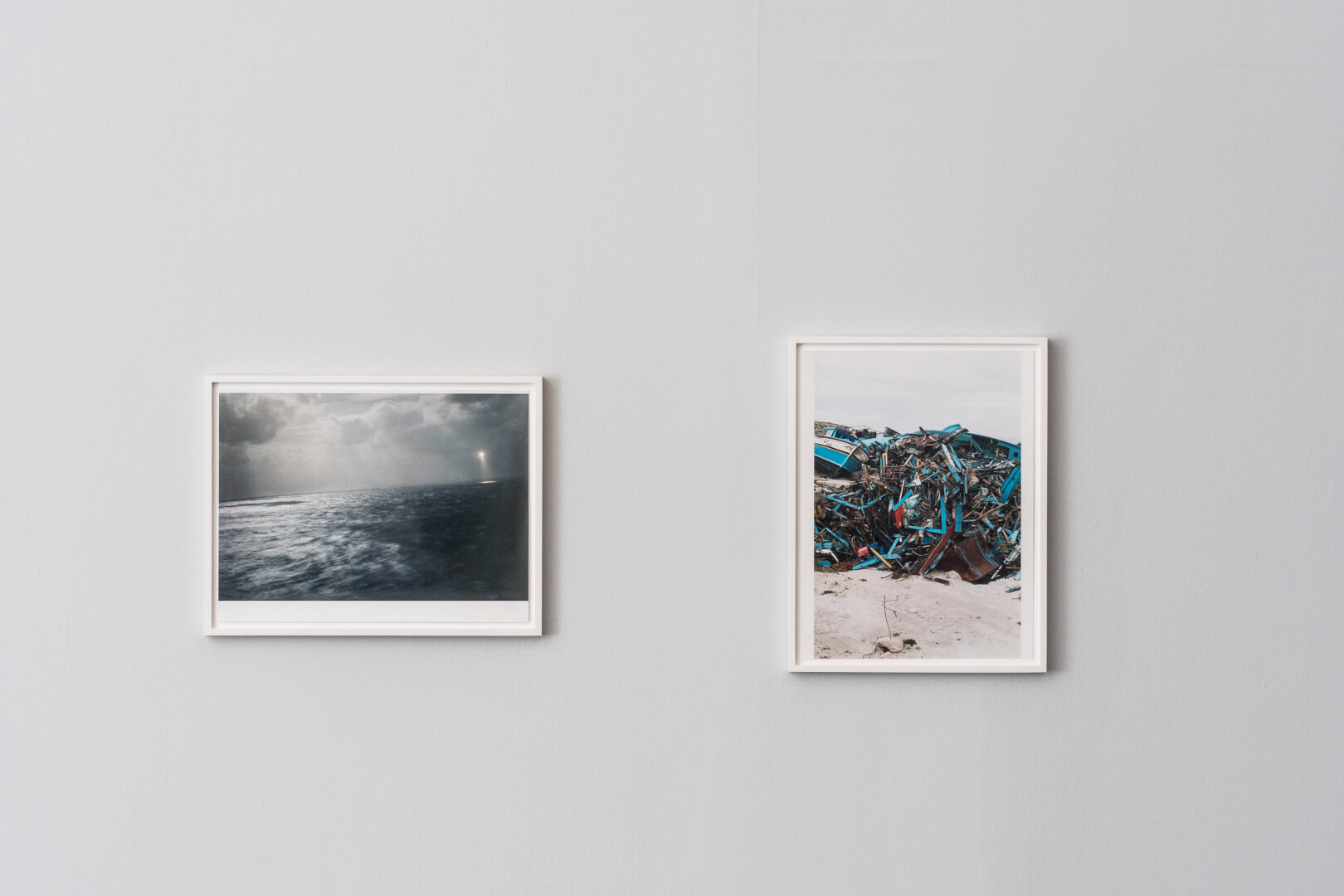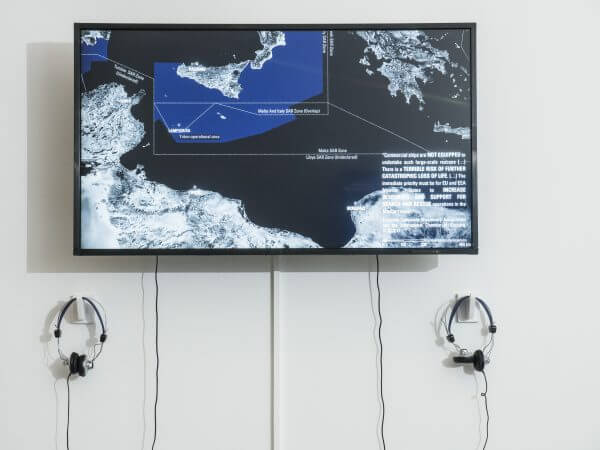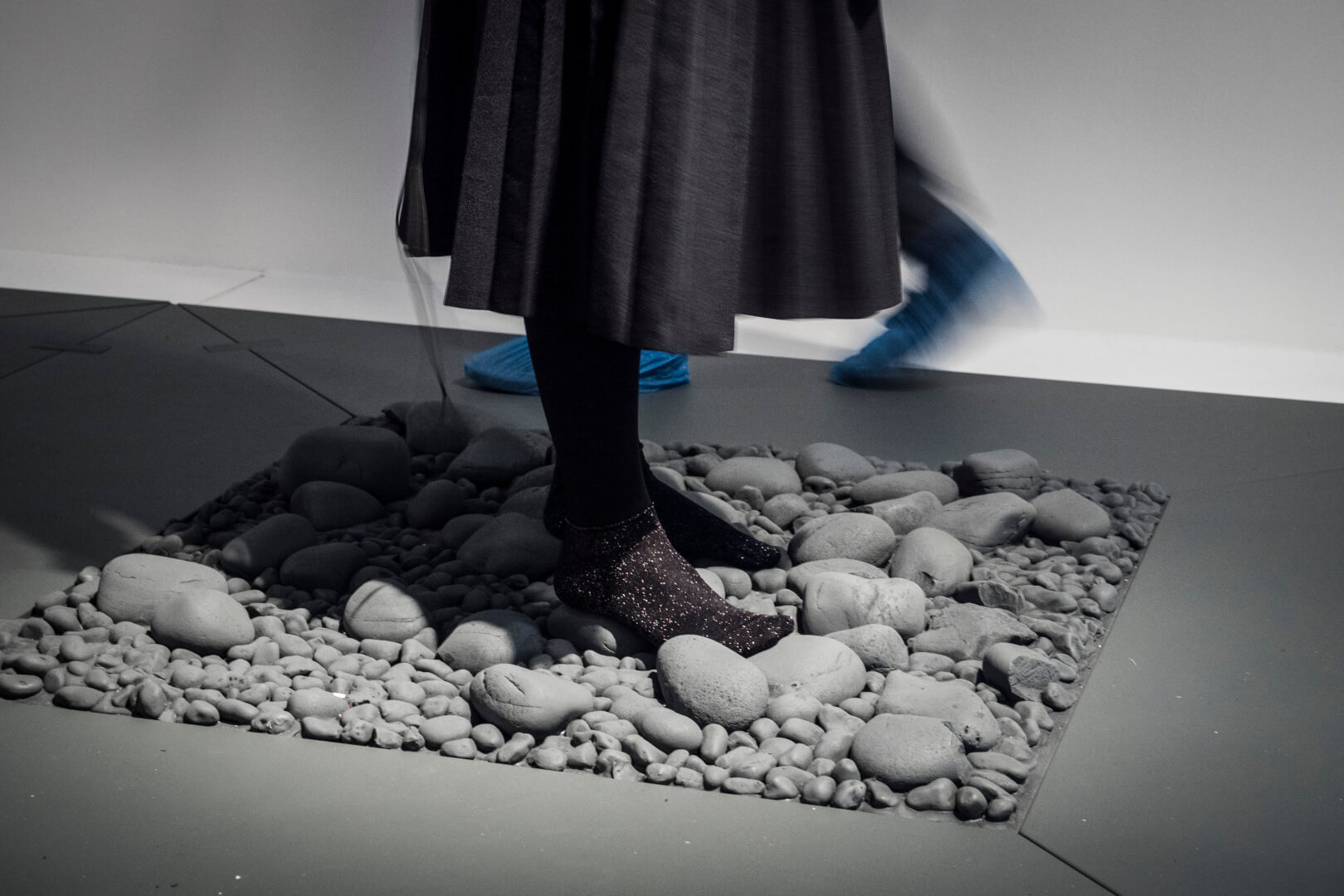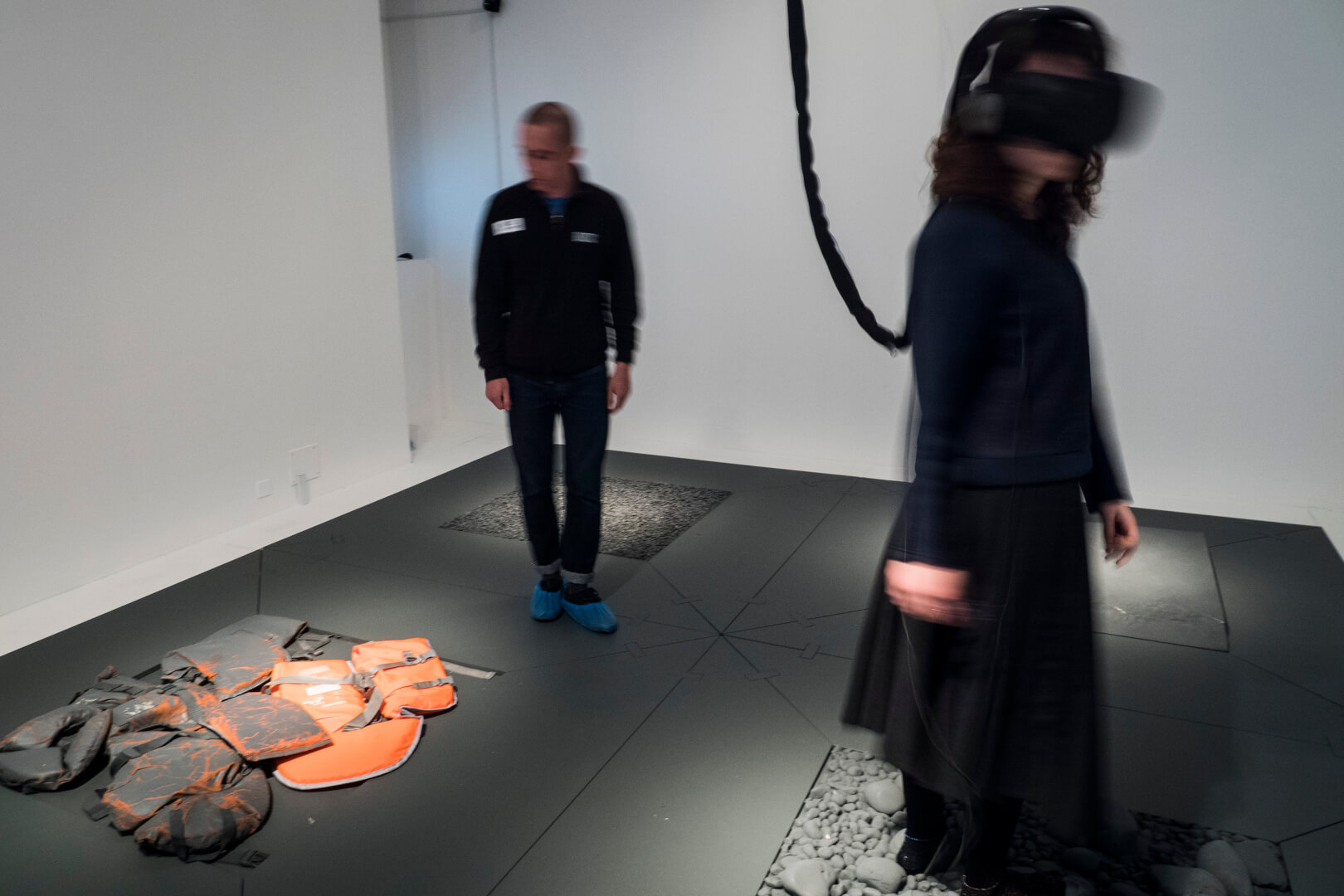
‘Disappearance at Sea’: how the art world is responding to the global migrant crisis
With a wall dividing the United States and Mexico in the works, and the wave of populism that has engulfed Europe in the last couple of years only surging, the global migrant crisis has come to the forefront of international politics. If the public opinion is largely divided on the issue, the majority of the art world has shown solidarity to the plight of the millions of displaced people currently seeking asylum in Western countries. Last week, a group of influential artists, gallerists, curators and art institutions (1,642 in total as of the 10th of February 2017) have signed an open letter denouncing Trump’s immigration ban, and asking that the order be overturned immediately. The news came days after the Museum of Modern Art of New York (MoMA) had decided to replace works by some of the masters of Western art with artworks by Iraqi, Sudanese and Iranian artists (some of the nationalities subjected to the ban) in protest to the executive order. Elsewhere, Indian-born artist Anish Kapoor has vowed to use the million-dollar proceeds of the Genesis Prize (which awards professional excellence and dedication to the Jewish community) to support refugee causes.
Among the art institutions taking a stand against what Kapoor has called the “abhorrent government policies” adopted to treat this international humanitarian crisis, is Gateshead’s Baltic Art Centre, currently hosting the exhibition Disappearance at Sea: Mare Nostrum. The time is ripe for an exhibition bearing not only the Latin name of the Mediterranean Sea, but also that of the search and rescue operation run by the Italian government between 2013 and 2014, thanks to which thousands of displaced people arrived safely in Italy. Curated by Alessandro Vincentelli, the exhibition brings together twelve international artists and artist collectives, exploring and largely attempting to retrace the journey of those affected by war or persecution in their native countries, travelling each year through the Mediterranean to Europe.

Two lithographs by Wolfgang Tillmans — Lampedusa (2008) and Italian Costal Guard Flying Rescue Mission off Lampedusa (2008) — welcome visitors as they enter the exhibition: the two images, predating the ‘official’ onset of the global migrant crisis, anticipate both the humanitarian disaster that has unfolded in the last nine years and the recurring themes of this exhibition.
Empty of human subjects, their stillness and overbearing silence are somewhat reminiscent of Romantic painting, and both pictures put forward two key elements explored in the show. On the one hand, the failure of human reason, of science and technique in front of the absurdity of the global crisis (Lampedusa), on the other, the transformation of the sea from a symbol of positivism to a “murder weapon”: in Italian Costal Guard Flying Rescue Mission off Lampedusa, the shot’s slanted perspective resembles dramatically that of thousands of migrants travelling on unsafe boats in uneasy balance on the waters, thus evoking the sea as an inherently sinister natural element.
In many ways, Disappearance at Sea: Mare Nostrum explores “the conditions that transform the sea into a deadly liquid” as we learn from the video installation Liquid Traces – The Left to Die Boat (2014) by Charles Heller and Lorenzo Pezzani (Forensic Architecture). Beyond all symbolism and aesthetic renditions, works like this make this exhibition profoundly political.

The “left-to-die boat case” refers to the boat manned by seventy-two migrants that left Tripoli (Libya) on 27th March 2011, and was left to drift aimlessly for fourteen days after running out of fuel, despite transiting in the NATO maritime surveillance area, one of the world’s most surveilled patches of sea at the time. With what is an extremely accurate reconstruction of the fourteen-day ordeal, Heller and Pezzani have managed to turn surveillance technologies against themselves: the tools normally associated with border and maritime security, which more often than not leave migrants to their fate, become the means to produce evidence of responsibility for the crime of non-assistance. Only nine out of the seventy-two migrants survived the ordeal, and their testimony, together with the report produced by Forensic Architecture, have served as the basis for various legal petitions filed against NATO member states.
Together with Displaced Witness 2016, a virtual reality experience created by ScanLAB projects in collaboration with Embassy for the Displaced, whereby visitors can have a first-hand experience of the hardships and the physical strain of attempting a journey across the Mediterranean (the installation includes a life jacket that visitors are encouraged to use, as well as pebbles and rocks serving to reconstruct a realistic environment), the most poignant work featured in the exhibition is by far the video installation End of Dreams by Danish artist Nikolaj Bendix Skyum Larsen.


Skyum Larsen, who has worked with migrants for over a decade, offers a somewhat unusual perspective on the refugee crisis, less factual than the video Liquid Traces but certainly moving. The installation, consisting of a ten-minute looped video capturing forty-eight concrete-canvas sculptures created by the artist, representing the bodies of those who have drowned trying the crossing towards Italy. All forty-eight examples were submerged off the coast of Pizzo Calabro in Calabria, Italy in order to be “marked by the wear and tear of the sea”. Attached to a raft, the sculptural works were ravaged by a violent storm during their creation — making them both extremely realistic and profoundly disturbing.
By offering factual analysis and aesthetic reflection, the exhibition, extremely courageous in its aim, not only educates the largely misinformed public about what is arguably today’s most pressing global issue, but it also re-appropriates stories and identities violently assimilated — and whose legacies are often exploited — through the sterile technologies, the cowardly weapons and the cheap political discourses of the post-truth era.
Cover Photo: The group show ‘Dissapearance at Sea-Mare Nostrum’ at the Baltic Centre For Contemporary Art. Gateshead, 1/2 2016. ‘Horizon 2016’ by Hrair Sarkissian / Photo (c) Mark Pinder/ Courtesy of BALTIC Centre for Contemporary Art
Anish Kapoor, art, BALTIC Centre for Contemporary Art, Charles Heller, Contemporary Art, Displacement, featured, Lorenzo Pezzani, migranti1, Nikolaj Bendix Skyum Larsen, Refugee, Wolfgang Tillmans